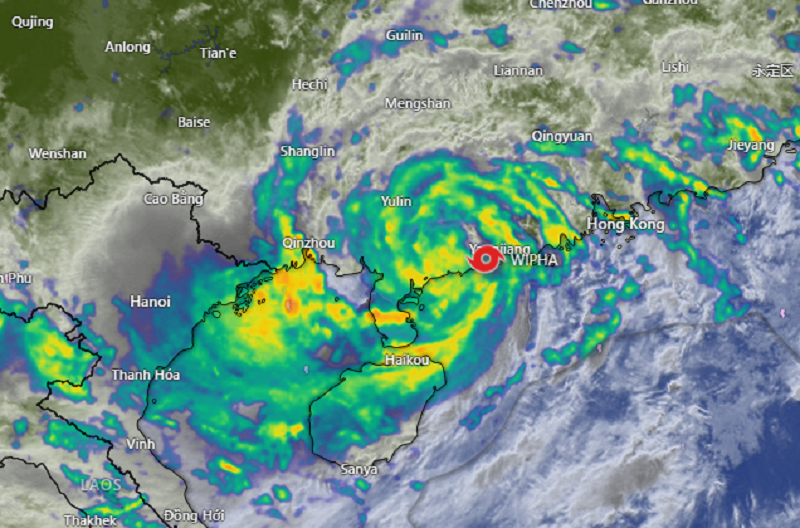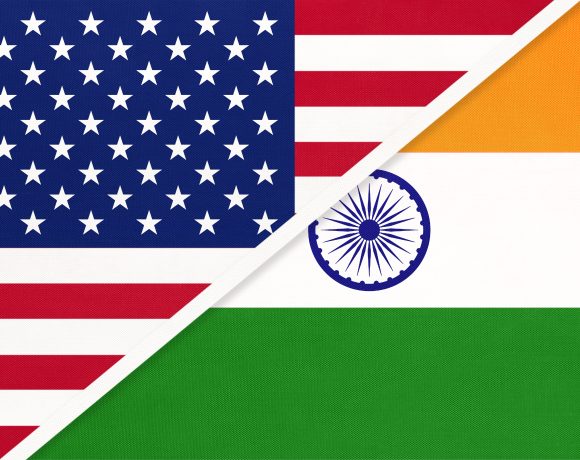
Vietnam Braces for Wipha After Hong Kong Hit
Typhoon Wipha struck Hong Kong and parts of southern China on July 20, bringing strong winds reaching up to 167 km/h and intense rainfall. The storm uprooted trees, damaged scaffolding, and forced hundreds of flight cancellations. Public transport, ferry services, and schools were suspended for safety, and over 250 residents were moved to temporary shelters. At least 26 people suffered minor injuries.
Storm Moves Towards Vietnam
After making landfall near Guangdong’s Taishan region, Wipha weakened into a severe tropical storm and moved westward along the coast. It is now advancing toward the Gulf of Tonkin and is expected to impact Vietnam by early Tuesday. Heavy rain and strong winds are forecast for several regions, including Guangdong, Guangxi, and Hainan, raising the risk of floods and landslides.
Vietnam Issues Warnings, Begins Evacuations
Vietnam’s northern coastal provinces—from Quang Ninh to Ninh Binh—have been placed on high alert. Authorities have begun evacuating people from low-lying areas and fishing villages. Emergency instructions have been issued to secure vessels and prepare for possible rescue operations. The government has urged citizens to stock essentials and remain indoors.
Ha Long Bay Incident Adds to Tragedy
Ahead of Wipha’s arrival, a sudden thunderstorm over the weekend capsized a tourist boat in Ha Long Bay. At least 38 people have died, and search operations continue for those still missing. Poor weather and limited visibility have slowed rescue efforts. Authorities have ordered all tourist and fishing vessels to remain docked.
Authorities on High Alert
Vietnam’s Prime Minister has directed coastal provinces to strengthen defences and ensure rescue teams are deployed in advance. With the southwest monsoon already active, Wipha’s impact may intensify rainfall and worsen conditions in flood-prone areas. Emergency teams remain on standby as the nation braces for further disruption.

















